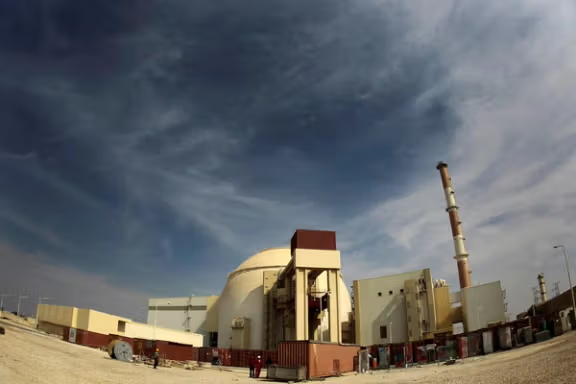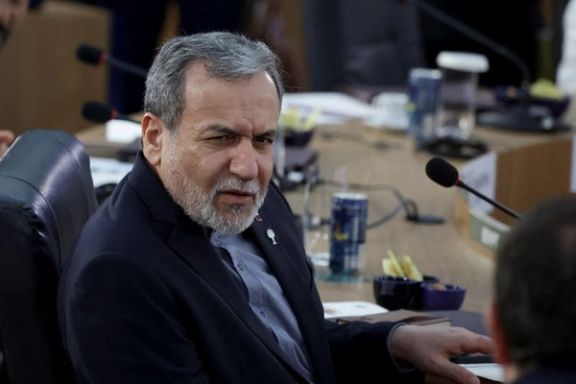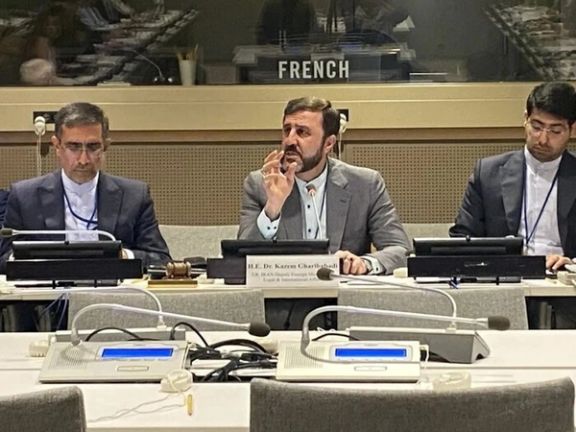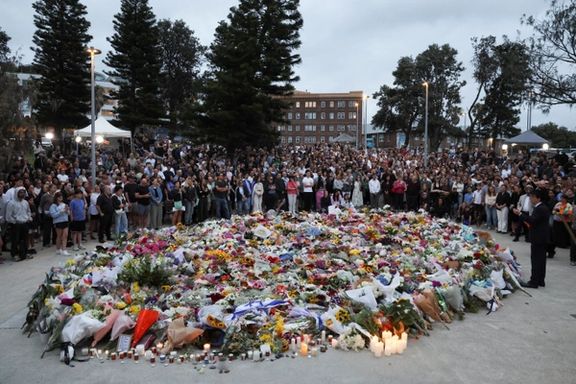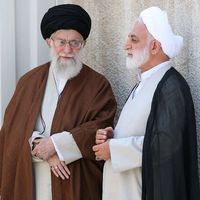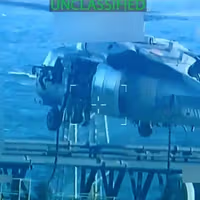David Albright, President of the Institute for Science and International Security (ISIS), said “Iran may announce it has left, but under international law, such a withdrawal wouldn’t be recognized. The prohibition on nuclear weapons would still apply.”
Tehran has floated withdrawing from the NPT, with lawmakers saying a draft bill is ready and could be approved within a day. The threat follows signals from European countries that they may trigger the snapback mechanism to restore sanctions lifted under the 2015 nuclear deal.
Iran also cites US and Israeli attacks on its nuclear sites as violations of international obligations, invoking Article 10 of the NPT as grounds for exit.
Asked about Tehran’s likely direction, Albright said Iran would probably try to delay talks while concealing remaining nuclear assets. “Iran will likely attempt to stall negotiations while hiding surviving assets—including any undeclared centrifuges or uranium stockpiles,” he said.
He further cautioned that pursuing nuclear weapons would backfire. “Nuclear weapons are not going to make Iran safer, they will make the situation exponentially worse—for the regime and, most of all, for the Iranian people,” Albright said.
Devastating setback for Iran
Albright said that Israeli and American attacks did profound damage to Iran's nuclear capabilities, adding that the country’s enrichment infrastructure has suffered a devastating setback particularly at the Fordow and Natanz nuclear sites and may not recover for years, if ever.
"The Iranian nuclear program has been seriously damaged, and for many of the programs, probably they can't recover," Albright said. "This idea of a large-scale enrichment program is really something that has been seriously damaged and may not be replaceable."
Albright, citing satellite imagery from Maxar Technologies and other commercial providers, said the multiple bunker-buster bombs dropped on the underground Fordow facility likely caused "enormous structural damage inside Fordow.”
US attacks on June 22 hit Iran's nuclear sites of Fordow, Esfahan and Natanz, capping off a surprise military campaign by Israel which killed hundreds of people including military personnel, nuclear scientists and civilians.
An initial Pentagon assessment suggested the attacks had only set Iran's nuclear program back by months, but subsequent analysis released by the Central Intelligence Agency said it would take Tehran years to recover.
Albright said while Iran may still possess some residual stockpiles of 60% or 20% enriched uranium, the operational capacity of the Fordow facility has likely been eliminated, and its future viability is in serious doubt.
Around 400 kilograms—more than 900 pounds—of uranium enriched to 60% purity is unaccounted for and now with the International Atomic Energy Agency (IAEA) barred from the country, it is unsure if the location can ever be known.
"Combined with the physical impact of the bombing, we assess that most, if not all, centrifuges at Natanz are either destroyed or inoperable.”
Albright said that the Natanz facility was the backbone of Iran’s enrichment capability, and its destruction marks a strategic turning point.
“Iran now appears incapable of producing new centrifuges, and more importantly, it can’t manufacture UF6 feed gas, without which enrichment is impossible,” Albright added.
'Fear, paranoia' among Iran's technical elite
Prime Minister Benjamin Netanyahu said in an interview following the conflict that Israel had rolled back Iran's nuclear program, but implied Israel had not yet finished its confrontation with the Islamic Republic.
“Israel didn’t just bomb facilities. It eliminated key personnel—scientists and program managers with decades of experience, many of whom were involved in Iran’s early nuclear weapons program in the 2000s,” Albright said.
Albright said Israel released a semi-official list showing that 9 out of 11 nuclear figures it assassinated had direct involvement in Iran’s alleged past nuclear weapons program, adding that some family members of these individuals were also killed.
“This creates a climate of fear and paranoia among Iran’s technical elite, even if the regime wants to rebuild, they now face a workforce that’s terrified, demoralized, and potentially penetrated by foreign intelligence,” Albright added.
